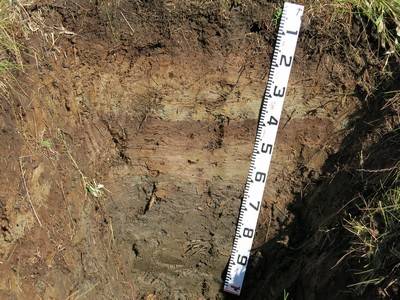The world’s largest earthquakes occur around the Pacific Ocean’s Ring of Fire where expanding ocean plates are forced below the surrounding and more substantial continents. The exception is the oceanic Juan de Fuca plate, which is moving up to 5 cm per year under North America’s west coast, but has not experienced any great earthquakes in historic time.
In the late 1980s, geologists recognized that there had been great earthquakes along the US coast before records had been kept. Understanding the regional seismic risk and the recurrence rate for such damaging earthquakes became a priority.
In 1994, Geological Survey of Canada geologists John Clague and Peter Bobrowsky published key evidence of a great earthquake that had occurred within the past 400 years. They had found a thick sand sheet buried under half a meter of marsh accumulation, and it could only have been deposited by a great tsunami. The other piece of the puzzle was found across the ocean. Meticulous Japanese harbour records revealed that an “orphan tsunami” (a tsunami with no associated earthquake) had hit Japan on January 26, 1700. This could only have been caused by North America’s most recent megathrust earthquake, and gave it a precise date.
Category: Science Advances
Decade: 1990s


